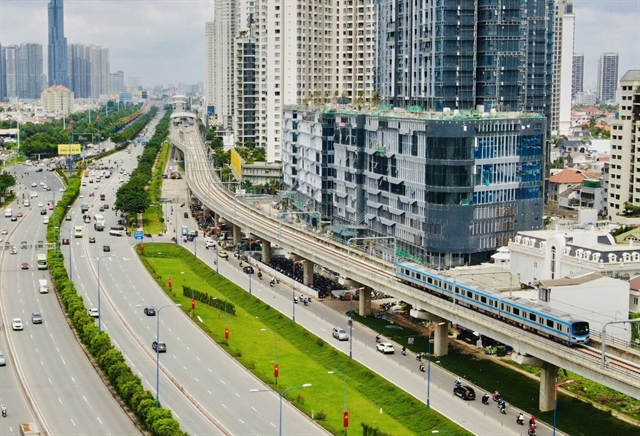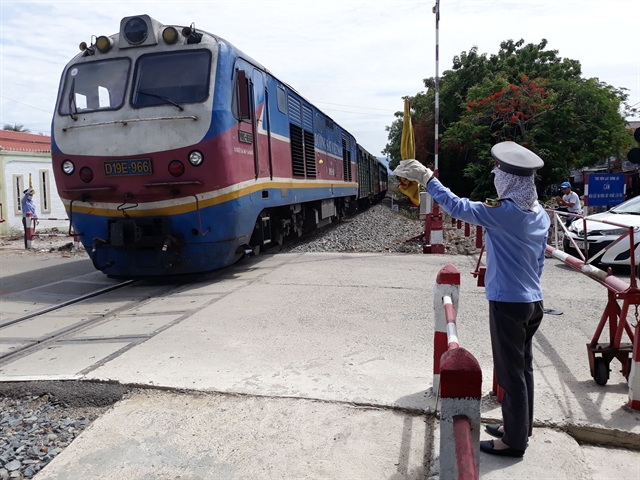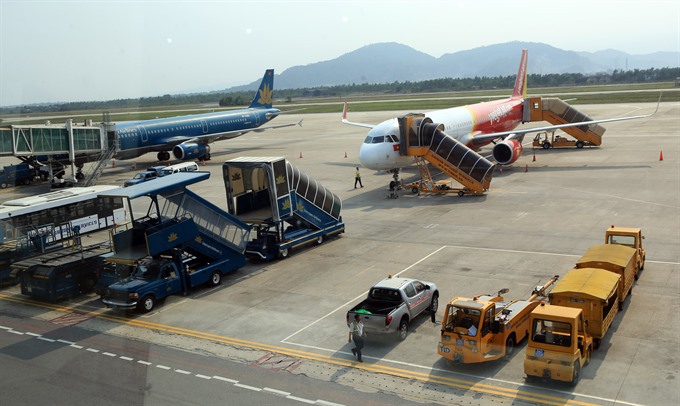 Economy
Economy

The Civil Aviation Authority of Việt Nam (CAAV) has proposed to hike aviation service fees by 15 to 40 per cent from 2017.
 |
| Đà Nẵng International Airport. The Civil Aviation Authority of Việt Nam (CAAV) wants to raise take-off and landing service fees at airports. – VNA/VNS Photo Huy Hùng |
HÀ NỘI — The Civil Aviation Authority of Việt Nam (CAAV) has proposed to hike aviation service fees by 15 to 40 per cent from 2017.
The proposal, submitted to the transport ministry, has met with stiff resistance from domestic airlines as the CAAV has said that hike was needed for them to develop aviation infrastructure. The CAAV also wants the ceiling price for tickets will not be changed.
As per the classification made by the International Civil Aviation Organisation, airports fall into four groups (A, B, C and D), based on the length of their runways. Group A airports have the longest runways.
The CAAV wants to raise take-off and landing service fees by 15 per cent in all Group B airports. These include Phú Bài, Liên Khương, Phú Quốc, Buôn Ma Thuột, Đồng Hới, Pleiku, Tuy Hòa, Chu Lai, Phù Cát and Thọ Xuân.
Việt Nam’s Group A airports are Nội Bài, Đà Nẵng, Tân Sơn Nhất, Cam Ranh, Cát Bi, Vinh and Cần Thơ, and the fee there is expected to be 115 per cent of Group B’s fees. Group C’s fees will be 60 per cent of Group B’s.
The CAAV has also proposed to hike fees for aviation security and airfield and domestic passenger services.
Lại Xuân Thanh, director of CAAV, said the adjustment was suitable in the current context. The take-off and landing service fees for domestic flights have remained untouched for five years now. It is 32 to 72 per cent of the region’s average level, depending on the kind of aircraft. “The aviation sector is growing rapidly and putting a lot of pressure on the infrastructure. The adjustment of service fees in domestic routes is necessary,” Thanh said.
The flight management service fee for aircraft A320 and A321 on domestic routes less than 250km is on average VNĐ1.35million for one-time take-off and landing, Thanh said. In the ASEAN region, it is more than VNĐ4.7million. For distances greater than 250km, it’s VNĐ3.02million in Việt Nam, lower than the VNĐ5.35million in ASEAN countries. While the take-off and landing service fee for an A320 is US$111.57 per flight in the country, it’s $204 in the ASEAN region.
Budget carrier Vietjet Air’s managing director Lưu Đức Khánh said that if the proposal was approved, his firm’s expense would rise by more than VNĐ200 billion (US$8.95 million) in 2017. “The increased cost will affect our business as around 90 per cent of our business is flying domestic routes. Such a high rise in expenses will certainly have a huge impact on the business and operations of Vietjet Air as well as other airlines,” Khánh said.
A representative of Jetstar Pacific said the increased fees would definitely impact ticket prices. However, it’s difficult for the airlines to adjust the price immediately because of competition and the carrier’s growth strategy.
On October 1, domestic air fares were cut by around 4 per cent following the drop in fuel prices, according to the CAAV’s dispatch No 5010/CHK-TC. The ceiling price for economy class tickets is adjusted based on flight distances. It currently stands at about VNĐ1.6 million for a one-way ticket for the shortest distance of 500km or less, and VND3.75 million for a one-way ticket for 1,280km and more. — VNS









